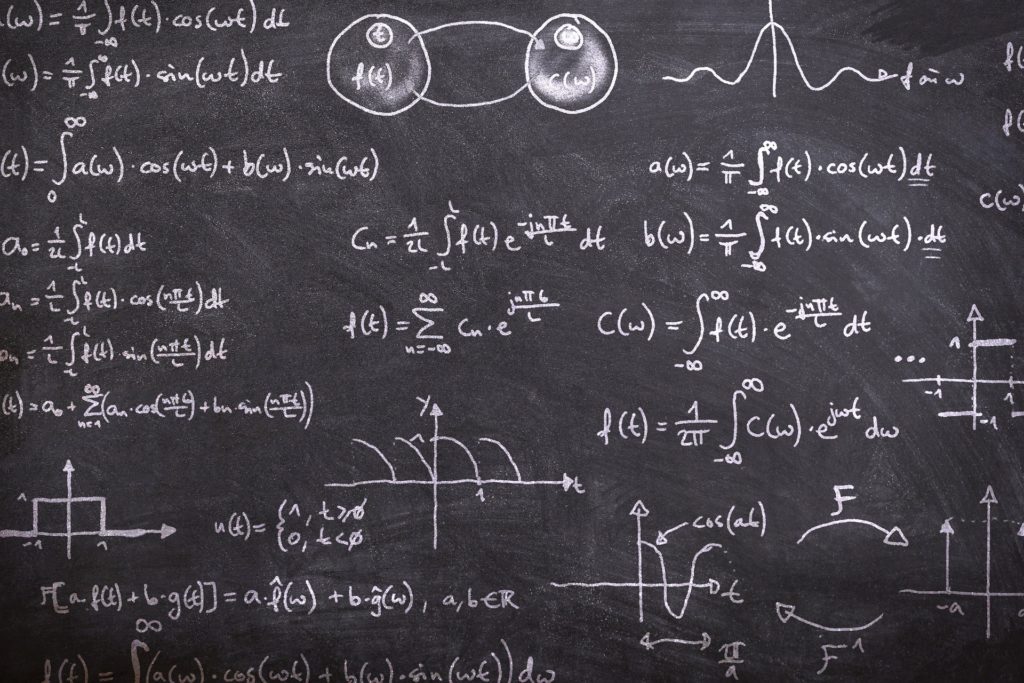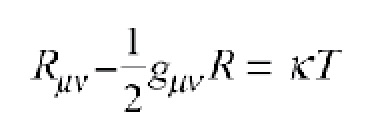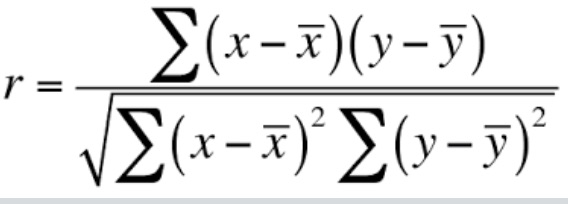
In almost all the sciences, and especially physics, mathematics is the language in which ideas are expressed. In some cases, the ideas are so abstract that they cannot be expressed with any precision in a natural language. For example, look at the Einstein Field equation(s) below:

The first term on the left side of this equation denotes the Ricci tensor, the 4 × 4 matrix that defines how the volume of a sphere in spacetime deviates from the volume of a sphere in a curvature-free space. The matrix g is the metric tensor that defines distances between two nearby points in spacetime. R, the trace of the Ricci tensor, is a constant. The expression on the left side of the field equation describes how mass warps space. The constant κ on the right side of the equation is equal to 8πG/c4 where G is the gravitational constant and c is the velocity of light. T defines the geodesics (paths) along which masses travel in the curved space. Described by Nobel laureate Paul Dirac as “probably the greatest scientific discovery ever made,” this equation describes how space is warped by the presence of mass and how the warp defines the paths that objects will take as they move through space.
Even in the social sciences where the issues to be investigated would appear to be remote from mathematics, the resolution of the questions involves gathering and analyzing data. For example, when it was observed that the incidence of heart problems in France were significantly below those in other countries, it was conjectured that red wine, or alcohol in general, may offer increased protection against heart disease. (This was called The French Paradox.) To test this assumption, the per capita consumption of red wine in a large number of countries was compared to the incidence of death from heart disease in those countries. Measuring the match between per capita consumption of alcohol and incidence of death from heart disease involved gathering data and calculating the Pearson correlation coefficient r given by the formula below.

While we can use computers to calculate r, interpreting the results requires an understanding of the meaning of correlation, the effect of interactions between variables, and an assessment of the changes in r, associated with the measurement of the variables. For more discussion of the results of the French Paradox, visit: https://www.intelligence-and-iq.com/intelligence/
It is the ubiquity of mathematics in all the sciences that has resulted in the existence of algebra in the school curriculum. Many students complain, “When am I ever going to need this stuff?” As they drop out of mathematics in school, countless students slam shut the doors to a wide expanse of careers and jobs that they may wish to pursue later in life. As the world becomes increasingly more complex, data oriented and computer-based, quantitative issues pervade almost all avenues of life and people who are mathematically illiterate are rapidly becoming semi-literate.
